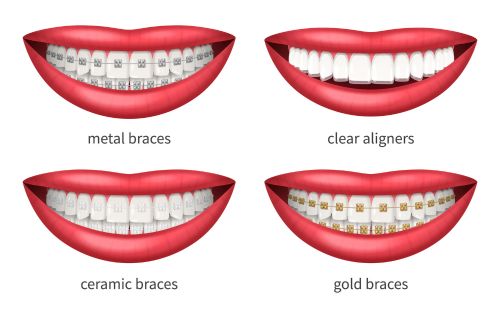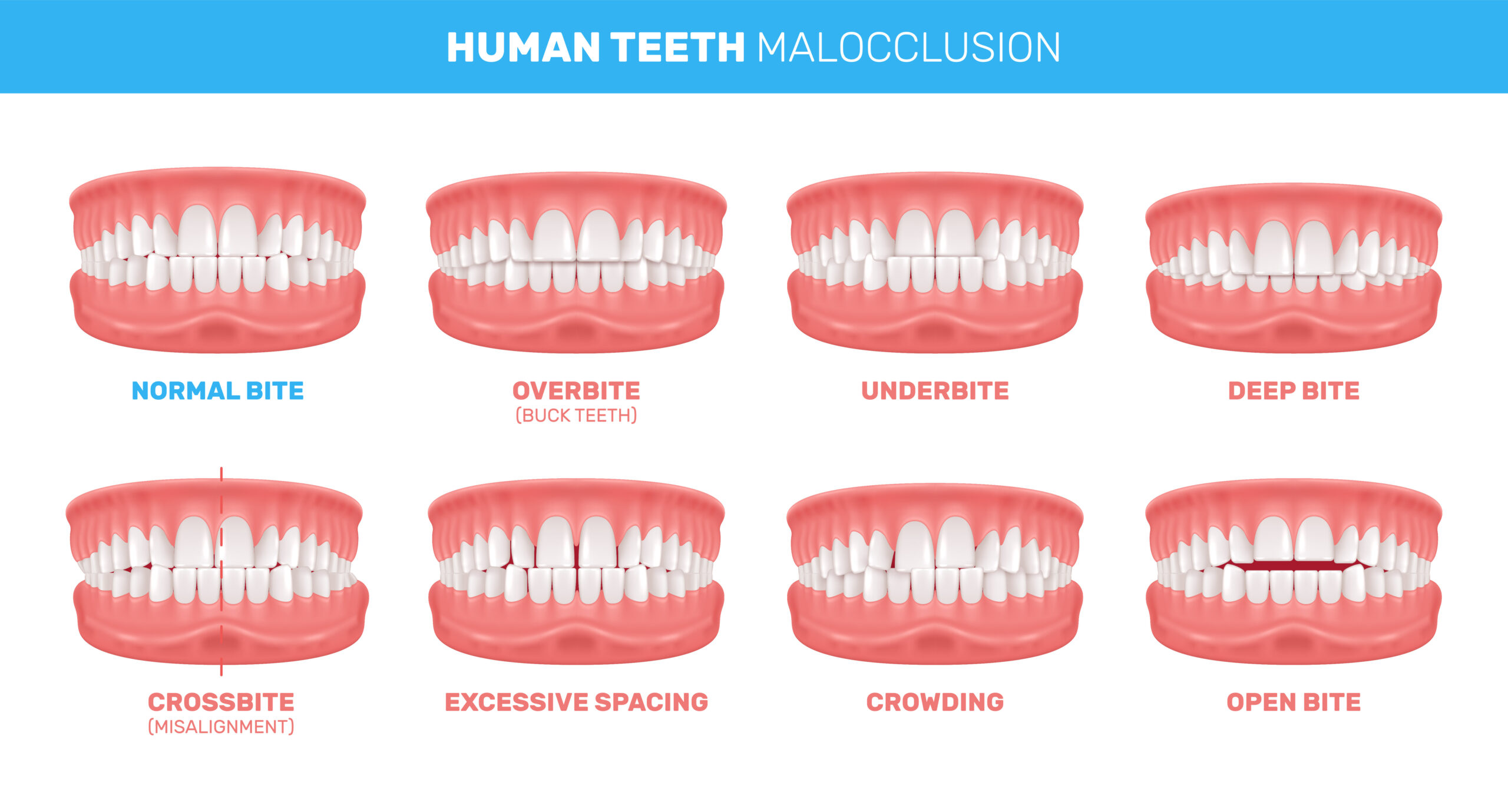Malocclusions are a dental condition that occurs when the upper and lower teeth do not fit together correctly when the mouth is closed. Malocclusion means the teeth are not aligned properly. This can cause various dental problems, including difficulty chewing, speech impediments, and even facial asymmetry. Malocclusions can be caused by several factors, such as genetics, thumb-sucking, tongue-thrusting, and injuries.
Different Classes of Malocclusions
There are three classes of malocclusions, which are classified according to the severity of the misalignment and the positioning of the teeth. These include overbite, underbite and crossbite. Here are the different classes:
Effects of Malocclusions
If you have malocclusions, there are various treatments available to help straighten your teeth and improve your oral health. If you are worried about the recovery downtime, the recovery time for orthognathic surgery is generally short. Here are some of the most common treatments for malocclusions:

The clear aligner treatment process typically begins with a consultation, during which an orthodontist will assess the patient’s dental condition and determine if they are a suitable candidate for clear aligners. If deemed appropriate, the orthodontist will take digital scans or impressions of the patient’s teeth, which are then used to create a customized treatment plan.
Utilizing computer-aided design and 3D printing technology, a series of custom-made clear aligners are created. Each aligner is designed to incrementally shift the teeth into their desired position over time. Patients wear each aligner for approximately two weeks before moving on to the next one in the series.
Advantages of Clear Aligners
Conclusion
In conclusion, malocclusions are a common dental problem that can have serious consequences if left untreated. There are different types of malocclusions, each with their own distinct characteristics and treatment options. The good news is that malocclusions can be corrected with various orthodontic treatments such as braces, aligners, and other appliances.
However, prevention is always better than cure, and there are steps that can be taken to reduce the risk of malocclusions in the first place. Good oral hygiene habits such as brushing and flossing regularly, along with a healthy diet and avoiding habits such as thumb-sucking, can go a long way in preventing malocclusions.
It’s important to seek professional help if you suspect you have a malocclusion. A qualified orthodontist can diagnose your condition and recommend the most appropriate treatment plan for you. By taking action early on, you can prevent further complications and enjoy a healthy, functional, and beautiful smile for years to come.
We hope this guide has provided you with valuable insights into the types of malocclusions. If you have any further questions or concerns, please don’t hesitate to speak with your dental professional.

